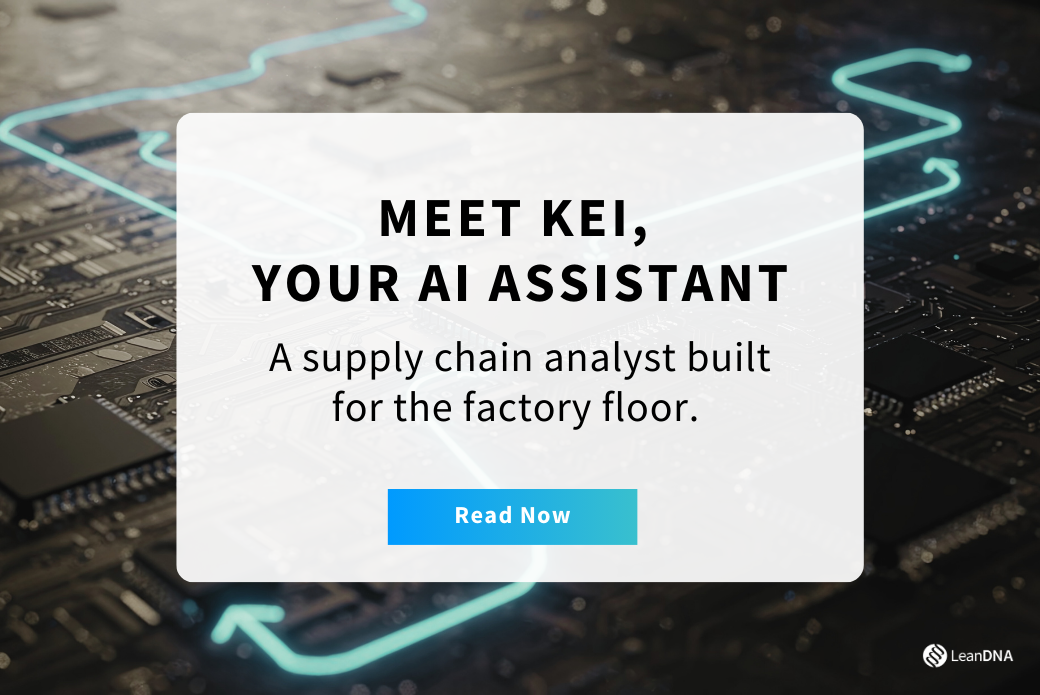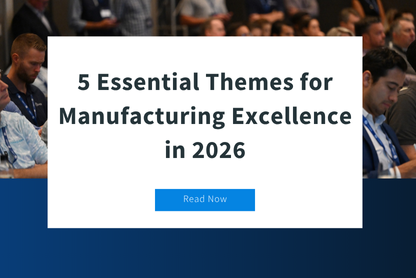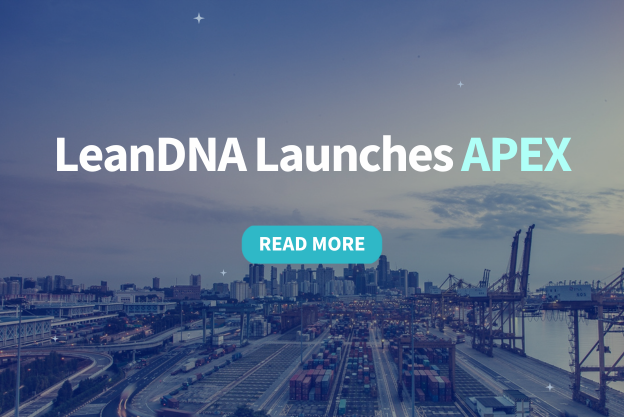For years, supply chain has been viewed primarily as an operational function—responsible for keeping costs down and efficiency up. But leading manufacturers are proving that supply chain can—and should—play a much bigger role in driving growth, agility, and competitive advantage.
Our recent research study of 200 supply chain and executive leaders reveals that while 85% of supply chain leaders see their function as a growth driver, only 70% of executives agree. That gap is more than a perception problem—it’s a roadblock to investment, transformation, and results.
We took a deeper look at the data to uncover what’s holding manufacturers back—and what industry leaders are doing to move forward. The result is our latest resource: The New Supply Chain Playbook – From Cost Center to Profit Driver.
Here’s a preview of what we found.
The Cost Center Mindset is Still Holding Teams Back
Despite supply chain’s growing visibility, many organizations still treat it as a back-office function. This perception limits investment in the tools and talent needed to modernize operations—and keeps supply chain leaders from having a seat at the strategy table.
The result?
- Delayed transformation
- Slow AI adoption
- Missed opportunities for growth
And most critically: a growing gap between executive expectations and supply chain realities.
Where Leaders Are Investing: Synchronization, AI, and Execution
The manufacturers making real progress share a few things in common:
- They’ve embraced digital synchronization—connecting data, systems, and workflows across buyers, planners, and suppliers.
- They’re investing in AI that prioritizes action, not just insights.
- And they’re aligning their supply chain KPIs with business outcomes like revenue impact, customer satisfaction, and agility.
One company that’s made major strides is Veeco Instruments, which reduced critical shortages by 50% by shifting from reactive Excel-based reporting to real-time visibility and predictive planning.
“LeanDNA allows me to focus on not just what's on shortages now, but also looking ahead to see future shortages. We are able to identify not only current status but future needs.”
— Greg Martin, Master Scheduler at Veeco Instruments
How to Bridge the Gap with the C-Suite
Supply chain transformation isn’t just about technology—it’s about communication. According to the Wakefield study: almost 100% of supply chain leaders and execs say they struggle to communicate their value to executives. To close that gap, the most effective leaders are:
- Tying supply chain performance to business goals
- Reporting on revenue impact, not just inventory levels
- Using success stories from across the organization to build alignment and momentum
Real-World Results from Forward-Thinking Manufacturers
In the playbook, we highlight how companies like MSA Safety and Modine Manufacturing are using intelligent supply chain execution to accelerate transformation:
- MSA Safety improved visibility, shortened shortage resolution time, and empowered cross-functional teams through real-time insights and collaboration tools.
- Modine Manufacturing reduced shortages by 33%, improved inventory turns, and dramatically increased Clear to Build performance.
“Supply chain is swiftly evolving with AI and business intelligence playing an ever more prominent role in decision-making. LeanDNA provides a strategic competitive advantage by enabling rapid response.”
— James Dawsey, Senior SIOP & Demand Management Leader at Modine
Want the Full Playbook?
If you’re thinking about how to better align supply chain strategy with business priorities—or how to take the next step in digital execution—the full playbook offers guidance, examples, and practical steps from your peers in the industry.
Download The New Supply Chain Playbook
If you're ready to see how LeanDNA can help your supply chain operations, click here to schedule a quick demo.






